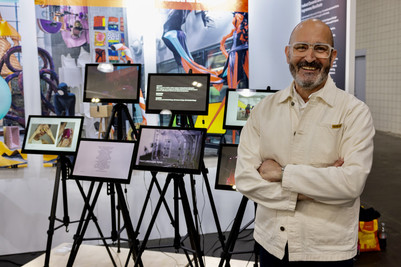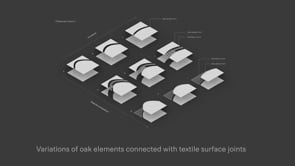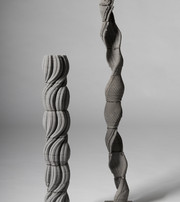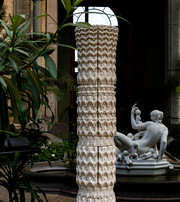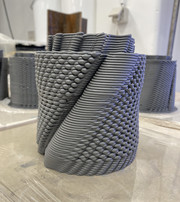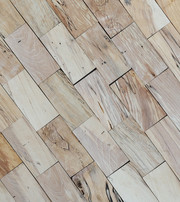
Wood Textile Composites - Thermal IV
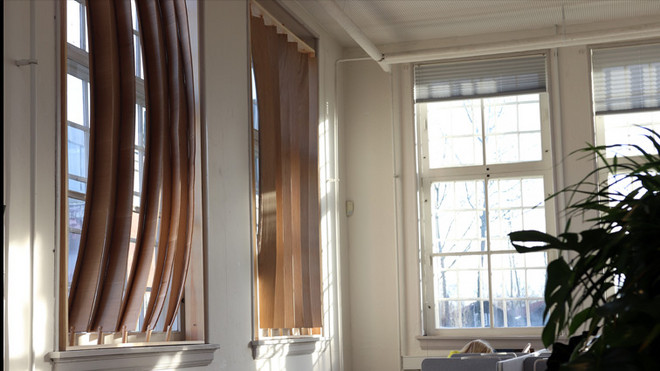
This project investigates how oak-paulownia-wool composites can be composed for thermal responsive structures at a larger scale than previous research using bilayer thermal dynamics. Material thermal expansion properties of each material are explored by combining two geometries and their active forming of its curvature independently and together. This enables the design of natural fibre-based responsive elements, whose shape-changing behaviour is defined by the thermal environment, the fibre layering of biogenic anisotropic materials and the geometries acting in unison to create form.
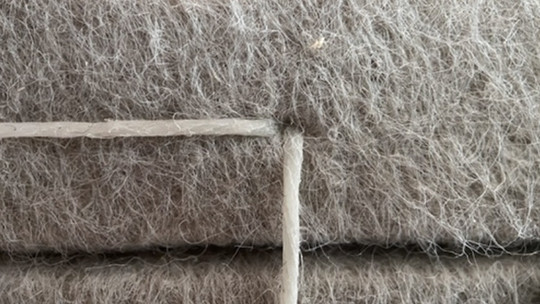
To enable the geometries movement together, a strategy of edge joining by non-woven wool connections is developed. The non-woven characteristics of the material provide agile and firm connection at the same time, allowing the necessary local elasticity of the connection for the thermal-active composites geometries to work together.
The thermal active structures are implemented as an array covering a window frame to modulate the light and heat transferring through the glass. The material-geometric active behaviour of the elements are coupled with a connection to the existing window frame, allowing occupants to rotate the elements, thereby supporting the dual adaptive potential of material system and human interaction.
The prototype and situated demonstration gives new insights into how assembled, co-active thermal elements behave and how library occupancies respond and use such material-environment active systems. From the testing of materials in laboratory settings, and the demonstration project in a active, existing space setting, it is clear that the larger scale of the elements significantly reduce active form speed, which in turn reduce environmental modulation speed, and which limits the experiential potential of the thermal responsive system for occupants. The material system itself reveals both barriers and potentials of upscaling bilayer and co-active geometries and presents a new path in articulated thermal modulation based on anisotropic characteristics of multiple natural fibre properties in synergy.
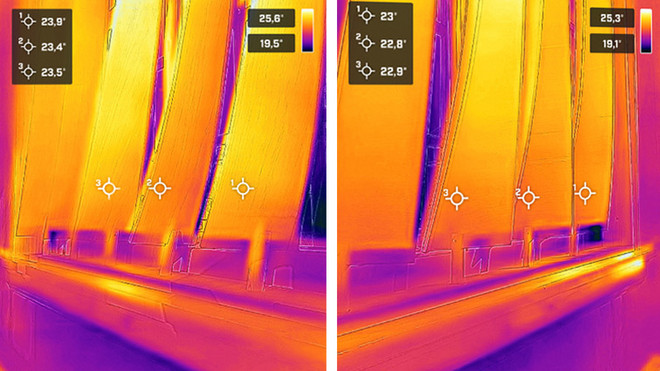
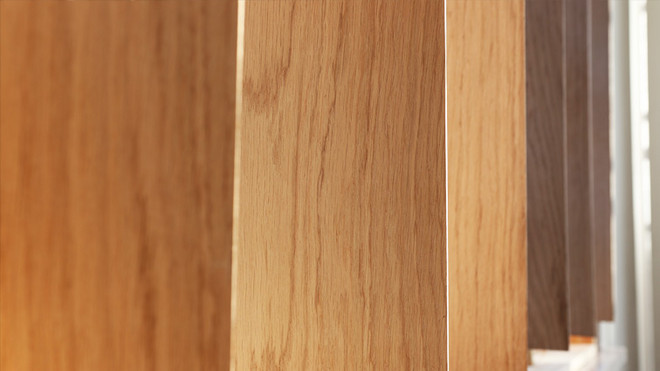
Dissemination
Fragkia, V & Worre Foged, I 2022, Occupant-Oriented Adaptive Building Envelopes: A Hybrid Design Framework for Human, Material, Environment Synergies. in MF Hvejsel & PJS Cruz (eds), 'Structures and Architecture - A Viable Urban Perspective?: Proceedings Of The Fifth International Conference On Structures and Architecture' (ICSA 2022). vol. 2, CRC Press, ICSA2022, Aalborg, Denmark, 06/07/2022.
Funding
The research has been funded by the Realdania Foundation and the Obel Family Foundation as part of the ‘Thermal Adaptive Architecture’ project.







